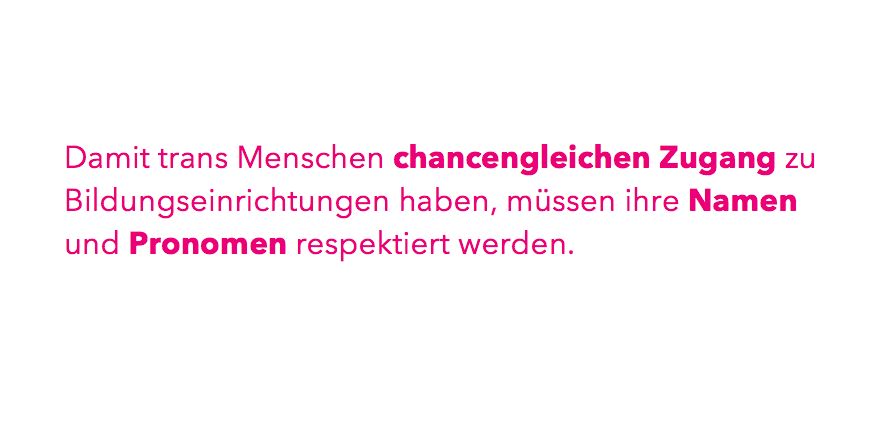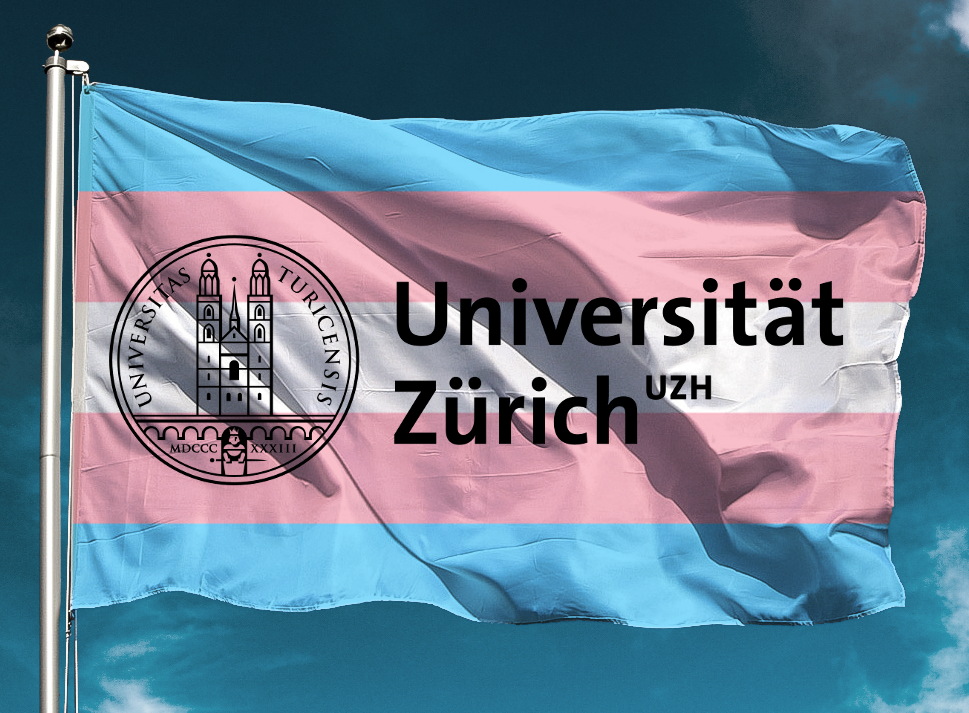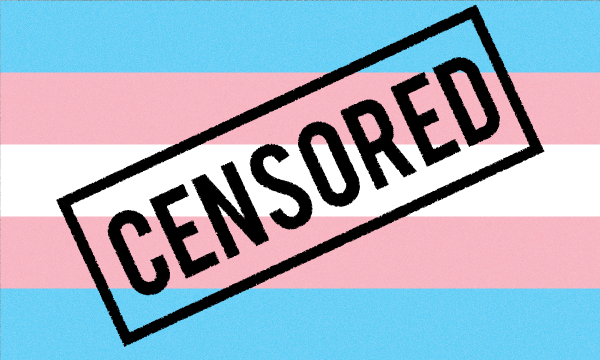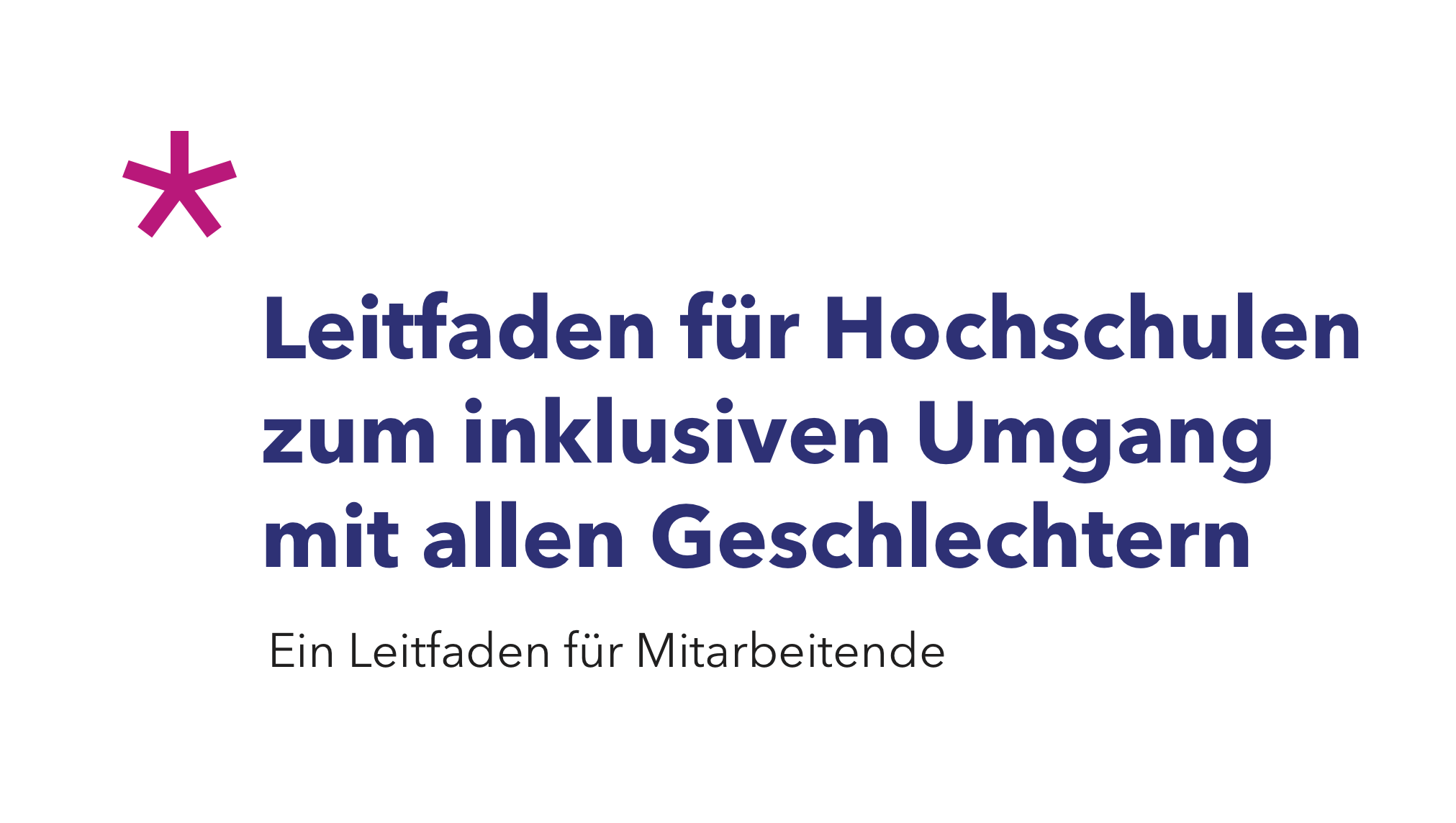
Everyone likes to be addressed by their real name. If I still call my fellow student Martin Markus in the fifth week of the semester, then that is embarrassing for me and possibly hurtful for Martin.
It's much the same with pronouns. Some people want you to he says to them, others theyand for some of them neither one nor the other is true: they use for example it, no pronouns or a newly created pronoun.
For trans people to have equal access to educational institutions, their names and pronouns must be respected.
Receivables
- Pronoun RoundsWherever we get into conversation with each other, we should ask for each person's pronoun in addition to their name during introductions. All people, whether trans or cis, state their name and pronoun. This information is respected.
- Information offeredThe university ensures that name and pronoun rounds become standard across the board. It informs and supports teachers and students as needed.
From the guide
Every trans person has the right to be addressed by their chosen name and pronouns, regardless of whether they have obtained an official name change or not, and also regardless of their clothing, external features and whether or not they have undergone medical transition.
A person's preferred pronoun should be respected and used by everyone, even in the absence of that person. Some people use new pronouns or no pronouns. This should also be respected.
You can't tell a person's gender by looking at them. Therefore, the only way to know the gender of a person is his self-declaration. To this end, on every occasion when a name is asked, the pronoun should also be asked. Seminars, for example, begin with a round of introductions. Here each person should state their pronoun in addition to their name. This applies equally to trans and cis people and should definitely be done even if no trans students are present.
If only trans students have to name their pronouns, it is stigmatizing. If only people who look trans are asked for their pronouns, those people may be forced to come out involuntarily. Conversely, if everyone is encouraged to state their preferred pronoun in addition to their name, asking for the pronoun becomes normalized. Teachers, as role models, have a responsibility to set a positive example.
Guideline for universities on the inclusive treatment of all genders, p.3: Non-discriminatory learning structures.
Resources
- My name, my pronoun is a resource that explains pronouns and names simply.
Previous Article
Trans: There's a lot to do at the University of Zurich.
0 Comments
Leave a reply
You must be logged in to post a comment.




